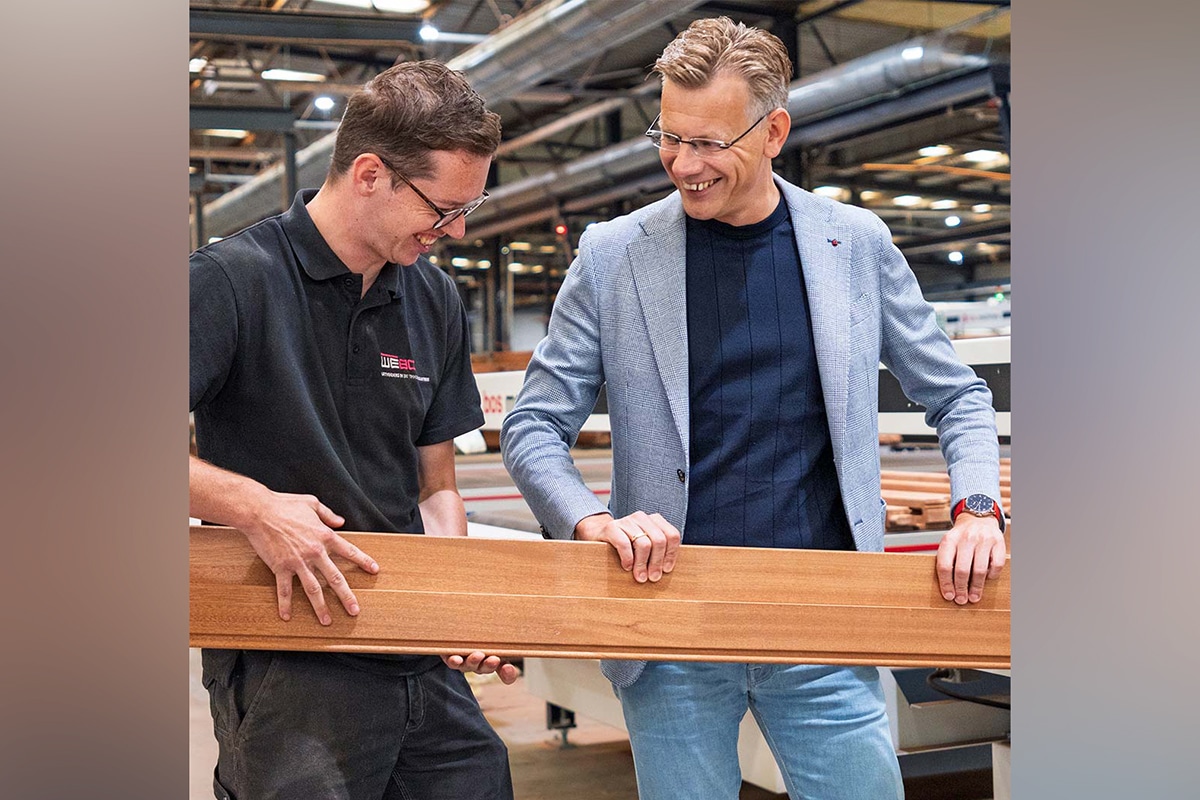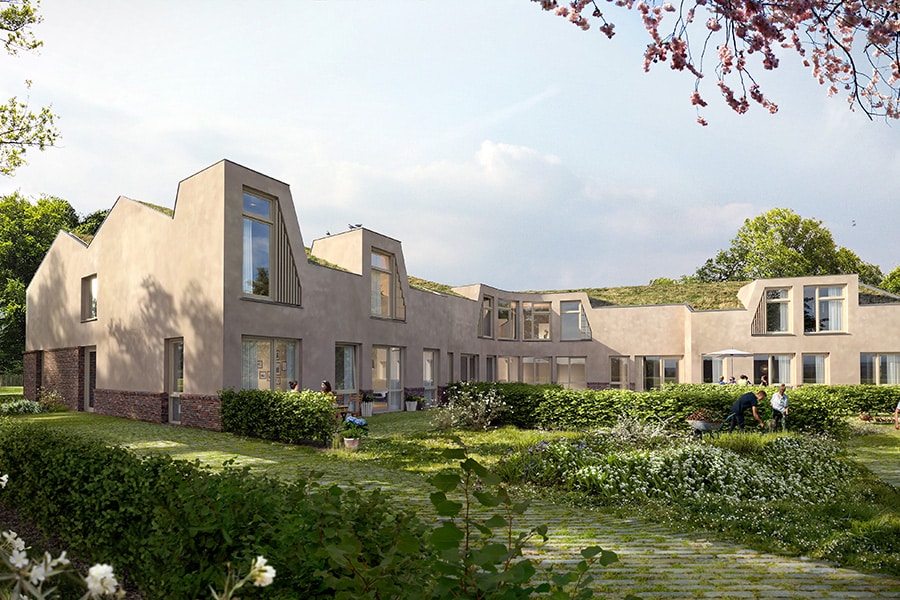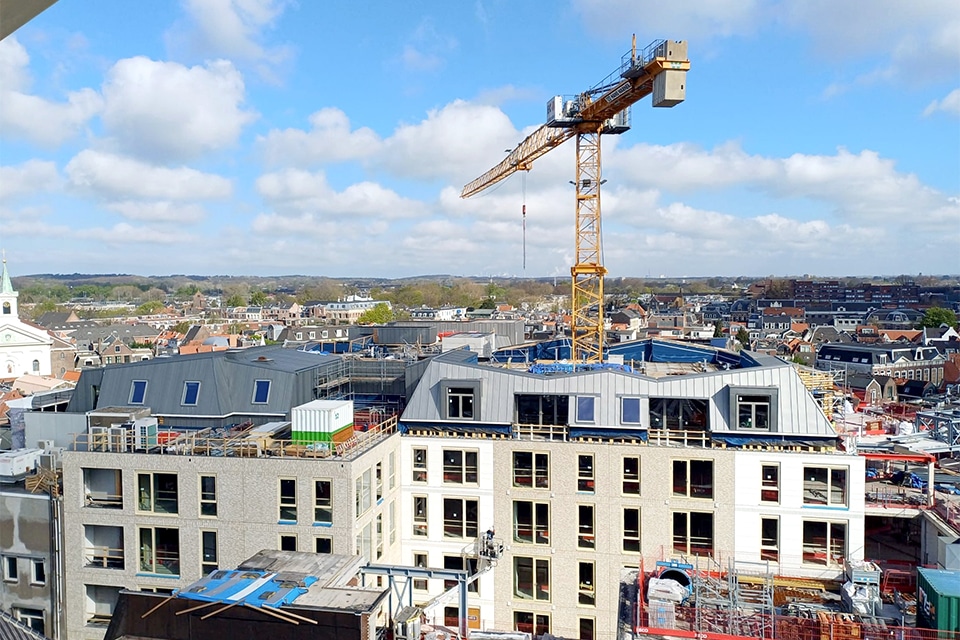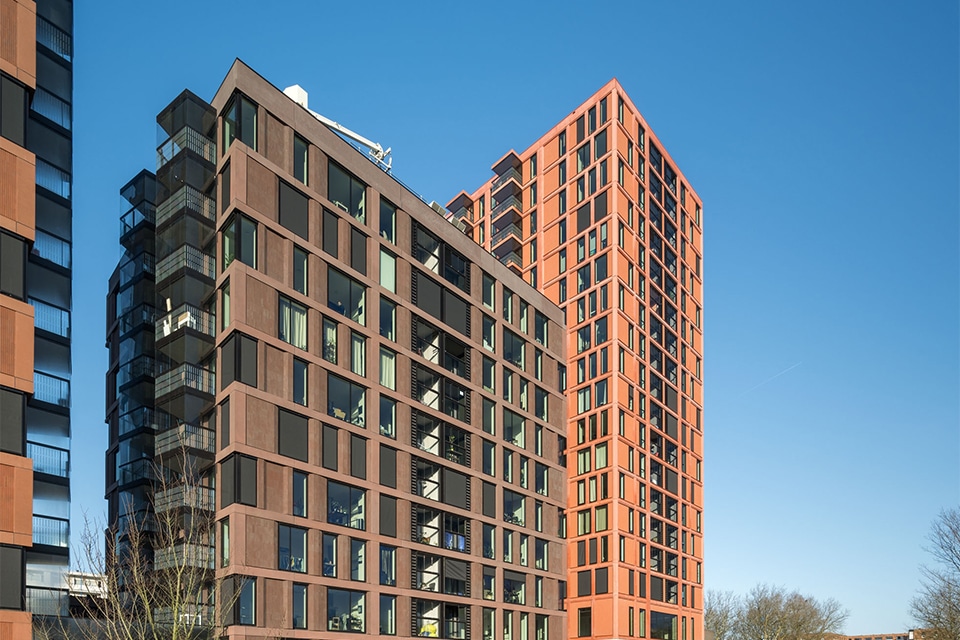
Urban Mining: Cradle to Cradle approach for infrastructure projects
Consider the enormous supply of rare metals found in old equipment. Reusing these materials prevents natural depletion caused by intensive mining and long-distance transportation. In addition to this environmental benefit, reusing materials is also economically interesting. Drees & Sommer, together with EPEA, has developed the Asset Management tool Urban Mining, powered by Cradle to Cradle developed, a circular approach to infrastructure construction.
Concrete, sand, marl, clay, stone and wood are perfectly reusable. Building materials used in infrastructure works such as bridges, viaducts and highways can be recovered when those structures are demolished. Drees & Sommer's Smart Infrastructure team and EPEA have teamed up to see obsolete infrastructure works as a source of materials for new structures.
Structures as materials bank
EPEA is the founding organization behind the Cradle to Cradle® (C2C) concept. Together with Drees & Sommer, EPEA develops solutions for the entire value chain to not only reduce the negative footprint, but even create a positive impact on people, the environment and society. Michael Moradiellos is team leader Real Estate at EPEA Benelux. "More than half of exploitable materials are above ground, stored in our buildings and infrastructures. It's time to start managing that stockpile intelligently."
Materials Passport
How does the Asset Management tool for infrastructure Urban Mining work? Nick Waterman, team leader Smart Infrastructure at Drees & Sommer Netherlands explains: "A 3D model of each structure is created where data such as location, year of construction, surface and contents are recorded in a database. All raw materials and materials used are inventoried and verified through core drilling and laboratory testing, after which a Materials Passport is created."
During future renovation or demolition of the structure, the raw materials and materials can be easily "mined" and reused based on all available information. These reclaimed materials can be used within the asset owner's own project portfolio or sold as raw materials to third parties. "Our collaboration with Madaster on an international level allows us to manage large amounts of data and projects. With this access to a source of information, we are able to best advise our clients on circular opportunities for their properties."
Economically, process-wise and environmentally sound
Circular construction has a positive impact on organizations. This impact comes from functional, healthy, modular and demountable design that reduces costs, provides insight into the life cycle of the structure and increases residual value.



